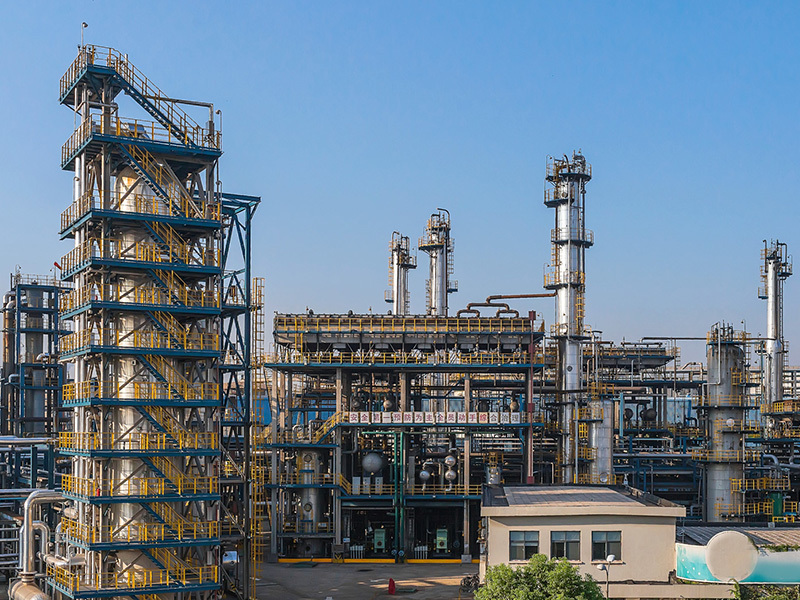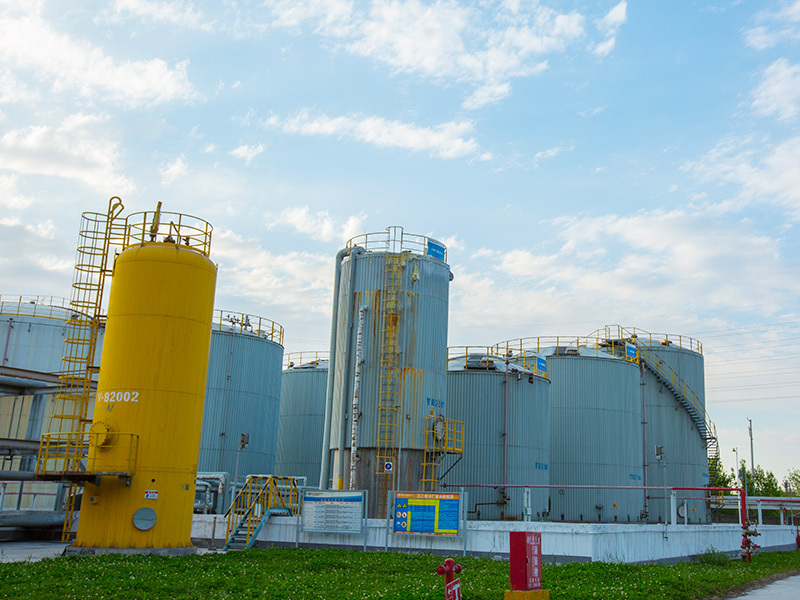Introduction to Anti-Corrosion Steel Pipes
Corrosion-resistant steel pipes include: 3PE-coated steel pipes, cement mortar-coated steel pipes, epoxy powder-coated steel pipes, epoxy-rich zinc paint-coated steel pipes, epoxy coal tar pitch-coated steel pipes, and plastic-coated corrosion-resistant steel pipes, among others. **Corrosion Protection Standards** - FBE epoxy powder coating complies with SY/T0315—2005, the "Technical Specification for Single-Layer Fusion Bonded Epoxy Powder External Coating of Steel Pipelines." - 2PE/3PE corrosion protection follows GB/T23257-2009, the "Technical Standard for Polyethylene External Coating of Buried Steel Pipelines." - Surface rust removal standards for the anti-corrosion layer specify that the steel pipe's outer surface must undergo sandblasting to achieve Sa2½ grade according to GB/T8923-2008. Additionally, the anchor profile depth on the pipe surface should be maintained between 40 and 100 μm. **Applications** The base materials for corrosion-resistant steel pipes include spiral pipes, straight-seam pipes, and seamless pipes, which are widely used in China across various pipeline engineering fields such as long-distance water transmission, oil, chemical industry, natural gas, heating systems, wastewater treatment, water resource projects, bridge construction, steel structure applications, and offshore marine pile driving pipelines. **Advantages** In addition to extending the service life of steel pipes, corrosion protection offers several key benefits: 1. Combines the mechanical strength of steel with the excellent corrosion resistance of plastics, providing superior durability. 2. Features an external coating thickness exceeding 2.5 mm, ensuring exceptional resistance to scratches and impacts. 3. Exhibits a low internal friction coefficient ranging from 0.0081 to 0.091, significantly reducing energy consumption. 4. Meets national hygiene standards, ensuring safe and clean internal surfaces. 5. The smooth inner walls resist scaling and fouling, offering self-cleaning capabilities for optimal performance.
Anti-corrosion steel pipes include: 3PE-coated steel pipes, cement mortar-coated steel pipes, epoxy powder-coated steel pipes, epoxy-rich zinc paint-coated steel pipes, epoxy coal tar pitch-coated steel pipes, and plastic-coated anti-corrosion steel pipes, among others.
Corrosion Prevention Standards
FBE epoxy powder coating complies with SY/T0315—2005, "Technical Specification for Single-Layer Fusion-Bonded Epoxy Powder External Coating of Steel Pipelines."
2PE/3PE anti-corrosion complies with GB/T 23257-2009, "Technical Standard for Polyethylene External Coating of Buried Steel Pipelines."
Anti-corrosion coating and derusting standards: The steel pipe's external surface shall be blast-cleaned to meet the Sa2 1/2 grade requirement as specified in GB/T 8923-2008, with an anchor profile depth ranging from 40 to 100 μm on the pipe surface.
Uses
Anti-corrosion steel pipe base materials include spiral pipes, straight-seam pipes, and seamless pipes, among others. In China, these are widely used in pipeline projects such as long-distance water transmission, oil, chemical industry, natural gas, heating systems, wastewater treatment, water supply, bridge construction, steel structure applications, and offshore water injection pile foundations.
Advantages
In addition to extending the service life of steel pipes, anti-corrosion treatment specifically enhances them in the following ways:
1. Combines the mechanical strength of steel pipes with the corrosion resistance of plastics in one product;
2. The outer wall coating is 2.5mm or thicker, offering excellent scratch and impact resistance;
3. Low inner wall friction coefficient, ranging from 0.0081 to 0.091, reducing energy consumption;
4. The inner wall meets national hygiene standards;
5. The inner wall is smooth and resistant to scaling, featuring a self-cleaning function.
Keywords:
Previous post:
Related Blog
Introduction to Anti-Corrosion Steel Pipes
A 180° elbow is a metal pipe fitting used to change the direction of piping in carbon steel pipelines.
What are angled tees and angled crosses?
Both types of fittings optimize fluid dynamics performance and installation flexibility through angular design, making them an efficient alternative to traditional straight tees and crosses in modern piping systems.
Avoiding splicing at the r-point of the dish-shaped tube cap can prevent thinning and high stress.
Stainless Steel Grades: 304, 304L, 316, 316L, 321, 2520, 310, 317, and more. Nominal Diameters: DN15 to DN1200 Wall Thicknesses: SCH5 to SCH160 Standards: ASME, DIN, JIS, BS, GB/T, JB, SH, HG—specifically including: GB/T 12459-2017, GB/T 13401-2017, ASME B16.9, SH3408, SH3409, HG/T 21635, DL/T 695, SY/T 0510, DIN 2617. Applications: Water, beverages, beer, food processing, petrochemicals, nuclear power, machinery, medical equipment, fertilizers, shipbuilding, waterproofing systems, piping, and more. Packaging: Wooden crates or cardboard boxes. When applying dish-end caps, avoid splicing at the radius area, as this can lead to material thinning and high stress concentrations. During splicing, weld seams must be oriented either radially or circumferentially—this requirement may eventually be relaxed for larger-cap diameter applications. Additionally, there are specific spacing guidelines for splices: they should be positioned at least 3δ away from each other, with a minimum distance of 100 mm. (The weld heat-affected zone is inherently a region of high stress, and chemical composition loss occurs within this area. Therefore, it’s crucial to steer clear of these high-stress zones, as their extent depends on the material thickness. Based on practical experience, the recommended stress-relief length is greater than 3δ but no less than 100 mm.) However, this requirement is particularly challenging to meet in refrigeration equipment due to their unique design characteristics.








